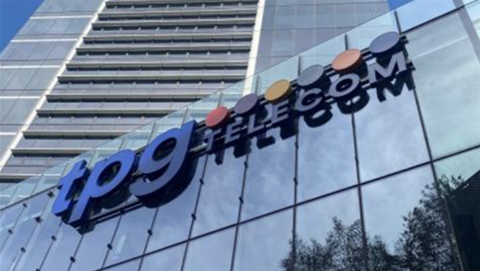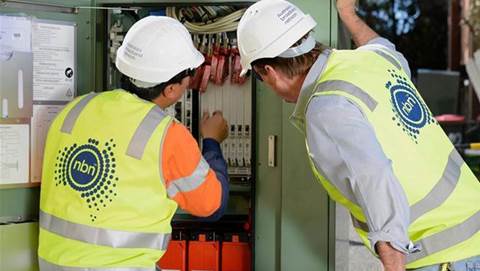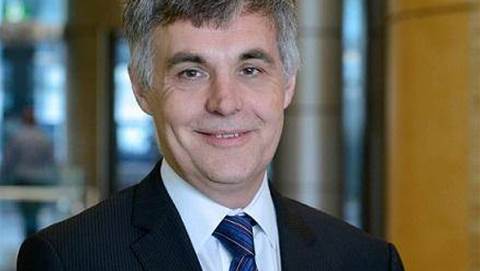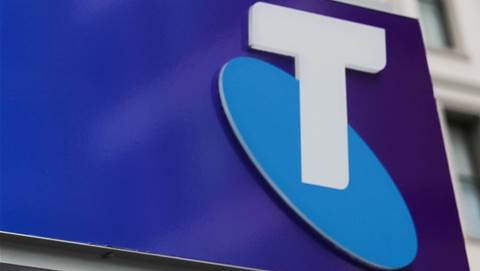NBN Co may have under-reported levels of congestion on its fixed wireless network after revealing one in ten - or 250 - microwave and fibre transmission links suffer unacceptable levels of packet loss, and that this isn't captured in publicly-reported numbers.
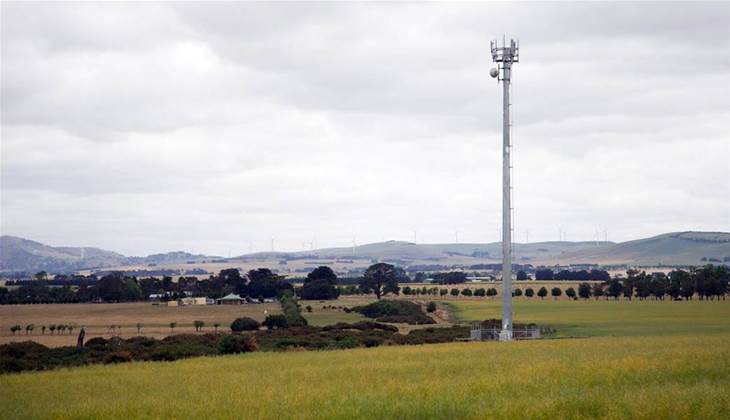
The network builder said today it is performing a fast-tracked piece of work to add capacity to the 250 impacted links, with improvements expected before the federal election.
Exactly how much the level of fixed wireless congestion has been under-reported was still being investigated, NBN Co CEO Stephen Rue told a senate estimates hearing on Tuesday.
“That’s being determined,” Rue said.
To date, NBN Co has said the proportion of congested cells on its network peaked at between six and seven percent; it aims to reduce that to under one percent by September this year.
NBN Co considers a cell to be officially congested when its “30 day … average busy hour download throughput [falls] below ... 6Mbps" per user.
The first clue that these numbers did not capture all congestion occurring on the fixed wireless network came on NBN Co’s latest monthly progress report.
“The calculation of busy hour cell performance accounts for throughput at the radio interface, which is one segment of the fixed wireless access network, and does not account for impacts on throughput in other parts of the NBN fixed wireless network,” according to the note.
“NBN Co is working on introducing reporting on an additional network design measure to provide greater insight into factors affecting NBN fixed wireless network performance.”
Labor Senator Anne Urquhart latched onto the note and extracted confirmation from NBN Co that the congestion figures reported to date are likely to be understated.
“In effect, congestion on the fixed wireless network can occur in several places,” Rue said.
“It can occur, as we’ve been reporting, on the cells. It can also occur in the transmission network … and in the transit network.
“We haven’t been reporting on any congestion in the transmission links. As a result of that, we realised we needed to enhance our reporting.”
Chief network engineering officer Peter Ryan said NBN Co measured packet loss at various points in the end-to-end fixed wireless network.
“We watch that and as it triggers through certain thresholds we trigger work to deploy more capacity to uplift the performance to make sure we don’t get that congestion,” he said.
“We are moving more quickly at the moment to accelerate the completion of that work in order to remove the congestion on those fixed wireless links.”
Ryan said that congestion on the microwave or fibre backhaul transmission links would be noticed as slow speeds by end users.
“It impacts the customer at an application level, therefore the impact of congestion is very much dependent on the application the end user is using,” Ryan said.
“User applications that are in need of very low latency like gaming or very high data throughput would be impacted by packet drops, which they would see as a slowing down of their speed.
“Some applications, take Netflix for example, are quite sophisticated in the codec that they have which makes their application able to cope with degrees of packet drop. In other words, they’ve built into their capability to overcome any small variations in the quality of the transport network.”
Ryan said that “at the end of March, the number of congested links in the network was around about 10 percent or 250 links.”
“We’re working extremely hard at the moment to accelerate the activity to alleviate that congestion by deploying more capacity,” he said.
“We expect to have halved that number by the end of this week and to have been able to fix those 250 links by the end of April or early May.”
The company had successfully added capacity to around 13 links as of today.
Of the outstanding congested links, NBN Co said there are 66 in NSW, 65 in Victoria, 58 in Queensland, 20 in South Australia, 16 in Tasmania and 13 in Western Australia.
Ryan said that engineering and deployment resources were being tipped into the upgrades as a matter of priority.
He said the upgrades could take a number of different forms.
“A lot of them are being fixed by some remote configuration changes we can make, which changes the modulation used across that microwave link,” Ryan said.
“Alternatively there are other ways to increase capacity by actually visiting the site, putting additional electronics cards into the cabinet onsite, and then we integrate and commission that card which produces the additional capacity.”








